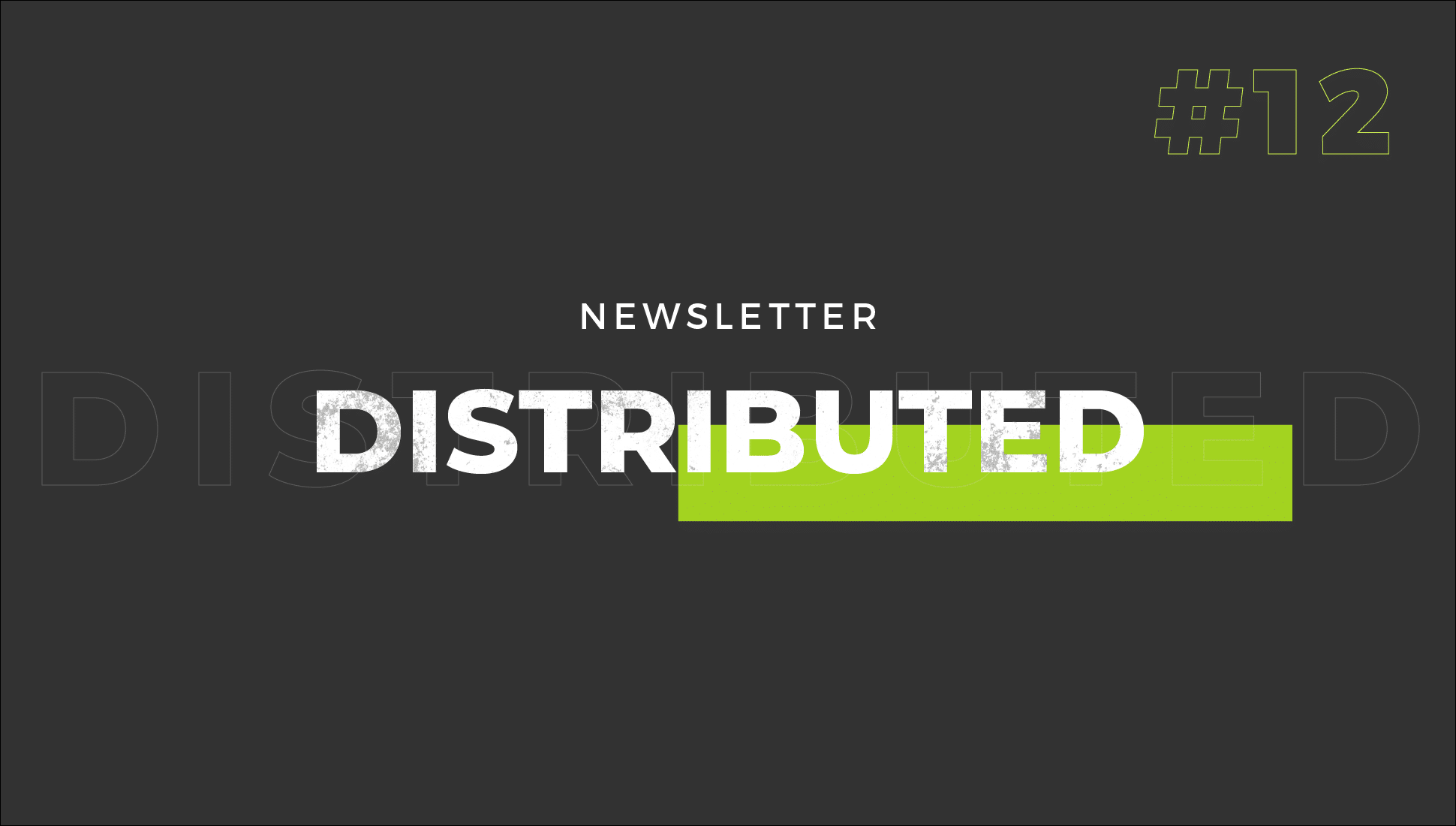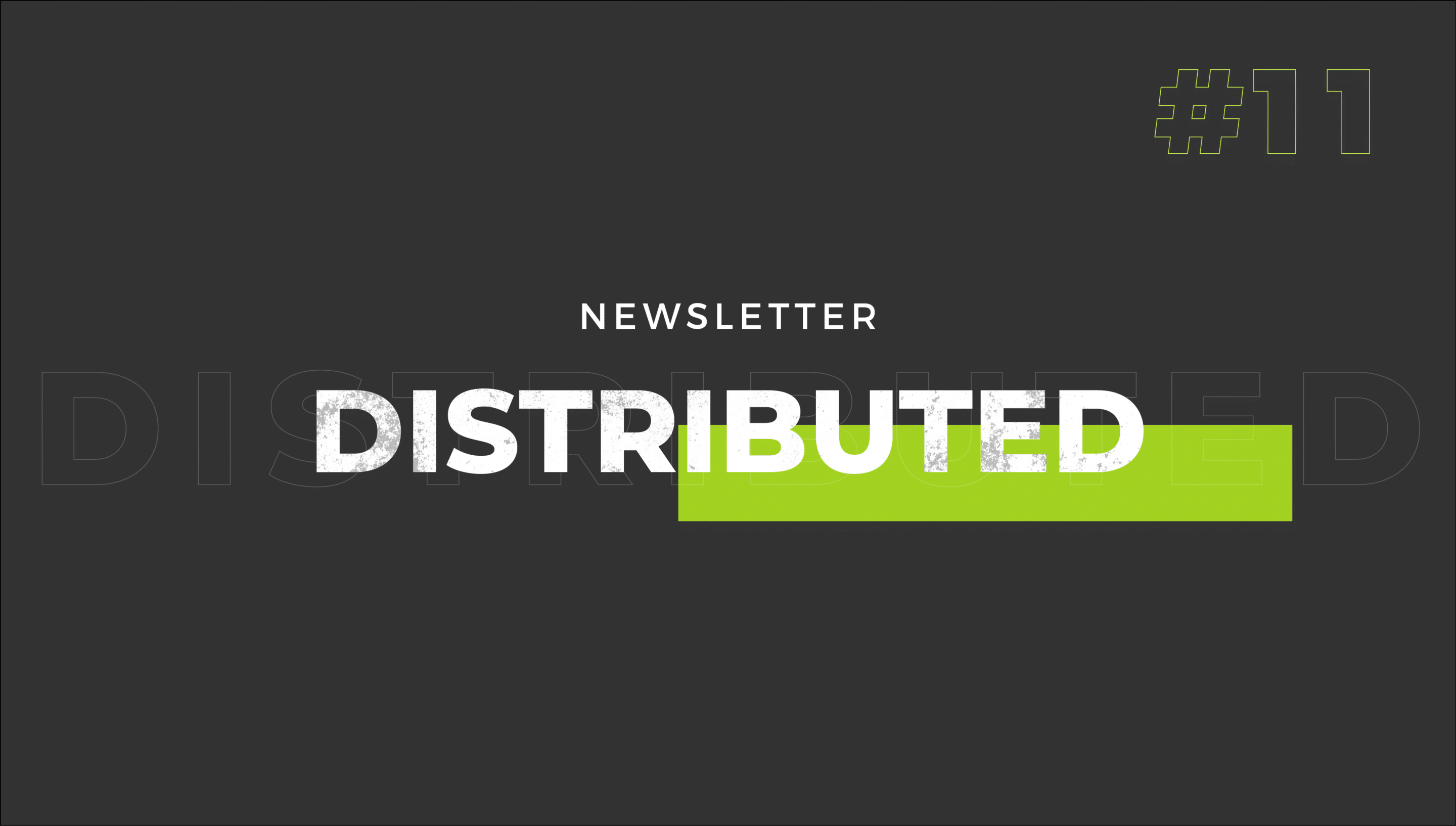In the RV, marine, and commercial vehicle markets, it’s common for OEMs to create space for product brands to take center stage. Product brands are often the shiny new toy and have a story all their own. But here’s the thing: while product brands shine at point of sale, the OEM brand is critical in attracting talent and building credibility and long-term enterprise value. The OEM brand doesn’t compete with product brands; it elevates them.
OEMs that take a product-centric approach and ignore their own corporate brand risk leaving growth, loyalty and resilience on the table. In today’s B2B2X reality, where OEMs need to win trust within a complex environment involving dealers, fleets, regulators, investors and talent, the corporate brand can’t be an afterthought.
63% of consumers buy or advocate for a brand based on its values and reputation—not just product features. – Edelman Trust Barometer 2023
What’s The Relationship Between OEM and Product Brands?
OEM Brand
The OEM brand represents the company, its values, capabilities and reputation. It’s the symbol of not just what you build, but how you do it—your manufacturing strength, your innovation drive, your technological leadership, your commitment to your industry and customer community, your culture and your vision on the future. The brand lives beyond the marketing materials. It’s what a technician proudly wears on their uniform and what keeps employees aligned around a shared purpose, whether they’re on the factory floor or in the field.
Product Brands
In contrast, product brands help the OEM organize a portfolio with distinct options for buyers with unique positioning in the market, selling points, features and price points. They’re often the names, designs and stories buyers remember and the logos they recognize on the unit. For example, the corporate OEM brand may not be visible to the consumer, but it matters deeply to dealers, investors and collaborators.
The Interdependent Relationship
Many OEMs prioritize product brands over their corporate brand because product brands offer a “timely hook” to get in front of customers. Product brands are the star at point of sale in the dealerships, on websites and at trade shows. The immediate business case is often to “move units” and product brands are closer to that transaction. (That approach is not wrong; however, there are many watchouts about sub-brand dominance over the corporate brand, but that’s for another day and another newsletter…)
Some OEMs think of their brand as “for the investor community,” not as something that affects customer behavior. Especially in RV and marine, OEMs acquire existing product brands that hold strong market equity. As a result, corporate branding often gets relegated to annual reports and investor decks.
But the OEM brand should not be invisible.
In fact, as manufacturers introduce product brands into their portfolio, they should always consider the category brand or product brand’s interplay with the EOM brand. The product brand may be close to the sale, but the OEM brand opens doors to long-term growth and resilience.
In the B2B2X space, there are a few manufacturers who have doubled down on the strength of their OEM brand. In the commercial vehicle space, Blue Bird is synonymous with school buses. The company has product lines for different transportation needs; but the corporate brand leads as the constant in expressing deep commitment to safety, reliability and trust. It is the logo mark that’s most recognizable on their units. Similarly, in the marine space, Boston Whaler’s “whale tale” logo is prominently featured on the hull with the product line name presented nearby in much smaller, subtler typeface as the secondary brand. Almost always named in conversations on this topic is Airstream. Owners say, “I own an Airstream,” not “I own an Interstate (an Airstream product).” Airstream’s nearly century-old brand is iconic because of its recognizable design, emotional resonance and tightly integrated brand-product experience.
What a Strong OEM Brand Unlocks—Even With Strong Product Brands
A strong OEM brand doesn’t compete with product brands. It amplifies and unifies them. THOR Industries, for example, has long focused on its powerful product brands. But in recent years, it has elevated its corporate story, investing in sustainability messaging, innovation leadership and a global OEM presence. That’s smart. The THOR brand doesn’t compete with Airstream or Jayco (brands in the THOR portfolio)—it gives them a foundation to grow.
Here’s are some other advantages:
- Easier M&A Integration and Brand Consolidation: When OEMs acquire or merge with other brands, a strong corporate brand acts as the anchor and helps reduce brand sprawl, where the brand portfolio is overextended, inconsistent or incongruent. A strong corporate brand provides clarity and continuity during integration, helping employees, dealers and customers orient themselves to the portfolio. For example, when THOR Industries acquired Erwin Hymer Group, its strong identity as a global RV OEM gave it credibility to integrate European brands while maintaining investor and market confidence.
- Stronger Relationships with End-Users—Even in Dealer-Driven Channels: You don’t need to sell direct to build brand equity with end customers. A recognizable OEM brand can drive preference and advocacy, influencing purchase decisions before customers walk into the dealership. Customers rarely say, “I want a 280 Dauntless.” They say, “I want a Boston Whaler.” That shorthand, built through years of quality, recognition and consistency, makes the OEM brand the real demand engine.
- License to Lead on Category-Level Issues: A credible OEM brand earns the right to shape the future of its industry. Whether it’s electrification, safety standards, sustainability or autonomous systems, the OEM brand provides the platform and voice to drive those conversations. This matters for regulators, news media and partners, who look to recognized OEMs for thought leadership. Example: Ford’s role in driving electrification across its commercial vehicle fleet isn’t led by a product line like the E-Transit; it’s led by Ford Pro, the OEM-level commitment.
- Stability in a Disrupted Market: In times of transformation, like EVs, changing consumer behavior and new mobility models, the OEM story becomes the glue. A strong OEM brand holds the narrative together while product lines flex to meet new demands. This can help maintain investor confidence during periods of reinvention or uncertainty.
A standout product might win a sale, but a strong OEM brand wins the customer relationship. In a dynamic B2B2X industry of changing technology, rising customer expectations and complex distribution channels, the OEM brand is your foundation for building enterprise value, customer lifetime value and market leverage. Build your OEM brand. Invest in it. Differentiate it. And let it elevate everything you do.





